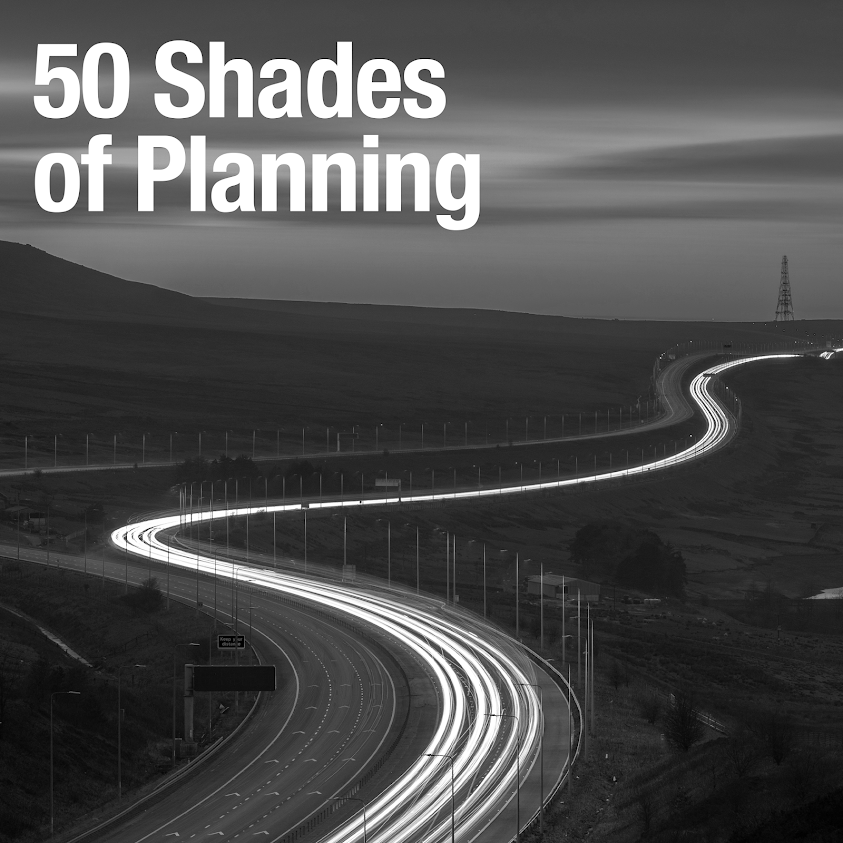This
is a column that I wrote for the Manchester Evening News' Greater
Manchester Business Week to accompany news of GVA's most recent Development Outlook research.
We
recently published new research which showed that the number of new homes being
built in the region is increasing, but, whilst the Government is boosting
demand, not enough is being done to boost supply.
12,480
new homes were started in 2013, which is an increase on 10,250 started in 2012,
but still some way short of the 24,750 peak achieved in 2006 and the 38,000
currently required by planning policy. GVA’s latest ’Development Outlook’
research concludes that the supply of new homes will not meet demand unless the
Government intervenes further in the sector.
The research notes that house-building has been boosted by a series of recent government initiatives that have helped development funding, stimulated housing demand and increased house price inflation, but cautions that a tightening of mortgage regulations could reduce effective demand and limit house price inflation.
The research notes that house-building has been boosted by a series of recent government initiatives that have helped development funding, stimulated housing demand and increased house price inflation, but cautions that a tightening of mortgage regulations could reduce effective demand and limit house price inflation.
The
only way to expand total residential development significantly is for the
Government to increase infrastructure spending, further stimulate private
rented sector development on sites less suitable for owner occupier housing,
and increase the construction of public sector affordable housing.
The
new Manchester Place joint venture between Manchester City Council and the HCA,
which will help landowners get sites shovel-ready, assemble land, and coordinate
responses to Government house building initiatives, is a great example of the
public sector coordinating activity locally, but the Treasury still controls
the purse strings.
Greater
Manchester’s Green Belt is going to have to be amended to increase housing
supply. The population of Greater Manchester is projected to grow by 5.38% by
2021, which represents 16,144 more people every year, which is significantly
higher than the average rate of growth across the North West, which is 3.28%.
In addition to Manchester, Salford, Bury, Bolton, Trafford, Tameside and Wigan are all within the ten authorities in the region predicted to experience the highest growth and if Greater Manchester is going to accommodate the people required to drive the economic growth of the region then the Green Belt boundaries in these areas will have to be looked at.
In addition to Manchester, Salford, Bury, Bolton, Trafford, Tameside and Wigan are all within the ten authorities in the region predicted to experience the highest growth and if Greater Manchester is going to accommodate the people required to drive the economic growth of the region then the Green Belt boundaries in these areas will have to be looked at.

Comments
Post a Comment